Bahla Fort, situated in Oman, stands as a historic landmark that captures the imagination of travellers with its ancient walls and storied past. Located in rugged terrain, this monumental fort is a testament to past builders’ ingenuity and defensive design. Its stone structures and intricate carvings invite exploration of centuries-old history. The site holds considerable cultural importance and offers insights into traditional Omani architecture and lifestyles. Every corner reveals mysterious secrets forever waiting to be uncovered by curious minds today.
Quick Overview
Opening Date: Built in the 13th century
Location: Al Dhahirah Governorate, Oman
Area: Approximately 8,000 square metres
Timings: 9 AM – 5 PM
Entry Fee: Around OMR 2 for adults (approx. ₹400)
Notable Attractions: Ancient walls, towers, intricate carvings
Wildlife: Local birds and desert reptiles
Cultural Significance: Candidate for UNESCO World Heritage status, symbol of Omani heritage
Activities: Guided tours, photography, exploration
Location
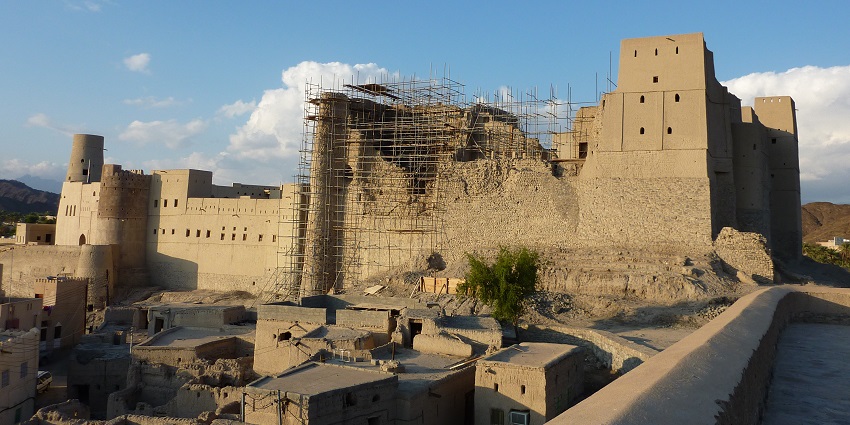
Photo: Véronique Dauge / Wikimedia Commons
Bahla Fort, Oman, is located in the historic town of Bahla in the Ad Dakhiliyah Governorate, strategically perched on a rocky hill. The fort overlooks the ancient town centre and neighbouring settlements, guarding historic trade routes that once linked Oman’s interior with the Dhofar region, particularly for the spice and frankincense trade. Its elevated position provided an essential vantage point for defence and communication, making it a pivotal hub in regional cultural and economic exchanges.
How To Reach
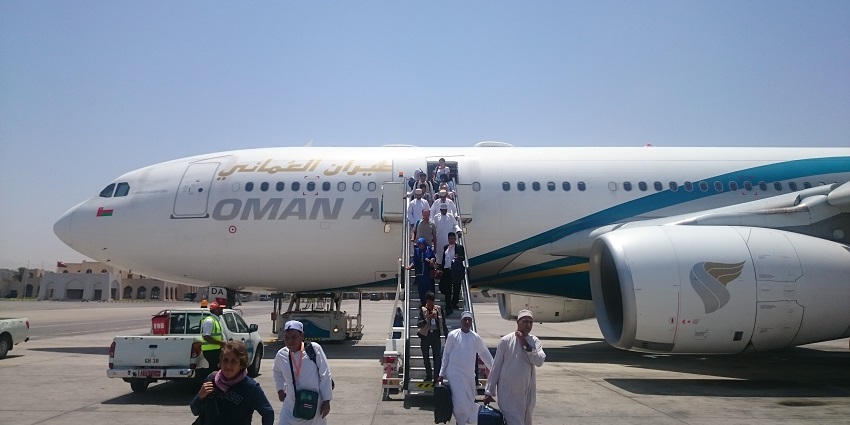
Photo: Max221B / Wikimedia Commons
Bahla Fort, located in Oman’s Al Dakhiliyah region, is easily accessible from Muscat by road. Here’s the best way to reach this UNESCO World Heritage Site.
By Air: Muscat International Airport serves as the primary gateway to Oman, offering numerous international flights and excellent connectivity. Once in Muscat, travellers can opt for a short domestic flight or enjoy a two-hour drive.
By Rail: Although Oman’s rail network is still developing, some routes are in operation, linking major urban centres. Travellers usually combine rail journeys with efficient bus or taxi transfers from stations in Muscat or Nizwa to conveniently reach the fort.
By Road: Rent a car or book a guided tour to enjoy beautiful drives and direct access to the site.
Things To Do At Bahla Fort, Oman
Visitors can explore the expansive corridors, hidden chambers, and ancient watchtowers that recount tales of past conflicts.
1. Fortress After Dark: Twilight Exploration

Photo: Tanmay Singh / Wikimedia Commons / Image For Representation Only
Experience Bahla Fort at dusk with a guided twilight tour that reveals the fort’s illuminated walls and towers. The evening exploration showcases detailed brickwork, emphasising its 13th-century origins as a defensive stronghold and spiritual centre. Visitors navigate defined corridors while knowledgeable guides recount specific jinn legends connected to its construction. The tour avoids daytime heat and offers cooler conditions for photography and reflection. Each step presents well-documented, clear historical evidence and precise architectural detail.
Timings: 6 PM – 9 PM
Average Cost: OMR 5 (approximately ₹1000)
2. Omani Craft Revival: Pottery Workshops
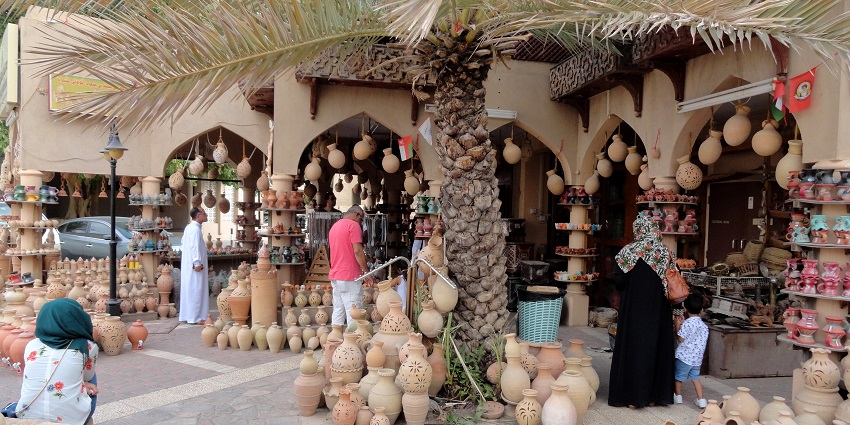
Photo: Fabio Achilli / Wikimedia Commons / Image For Representation Only
At Bahla Fort, engage in pottery workshops led by skilled local artisans who demonstrate established traditional techniques. Participants shape clay using precise coil-building methods and observe systematic kiln-firing processes unique to the region. Learners create individual ceramic pieces while receiving direct instruction on specific methods developed over generations. The workshop explains how the Bahla Fort historically supported craft trade in Arabia. Visitors also tour pottery stalls in the old souq to enrich cultural insight.
Timings: 10 AM – 1 PM
Average Cost: OMR 8 (approximately ₹1600)
3. Festival Of Lights: Winter Celebrations
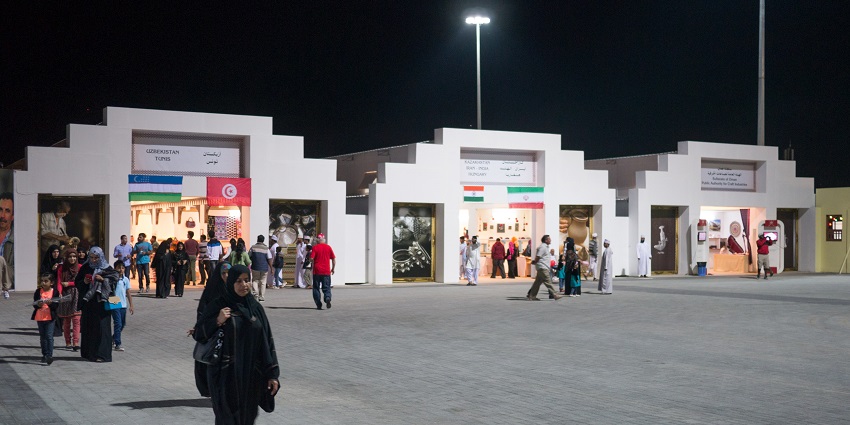
Photo: Juozas Šalna / Wikimedia Commons / Image For Representation Only
At Bahla Fort, attend the Winter Festival held from December to February. The event features night markets, traditional dance performances, and palm-frond weaving demonstrations. Workers place lanterns in the courtyards while local chefs prepare hareeth with meat and wheat in communal pots. The festival emphasises the fort’s continued function as a community gathering space. The timing of each segment ensures visitor engagement and clear cultural presentation, thus offering participants a comprehensive celebration of local traditions.
Timings: 6 PM – 11 PM
Average Cost: Free Entry
4. Guardian’s Legacy: Mountain House Tour
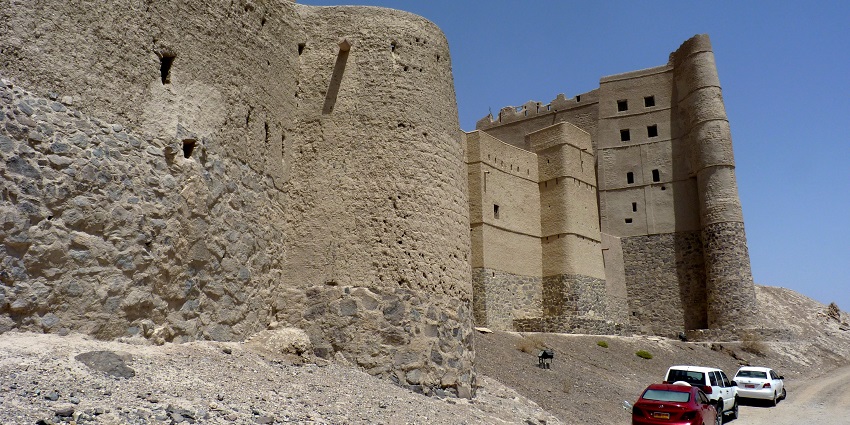
Photo: Dudva / Wikimedia Commons / Image For Representation Only
At Bahla Fort, explore the 18th-century Mountain House, historically used by governors. Visitors examine robust stone foundations and well-engineered ventilation systems specifically adapted for arid climates. Expert guides explain the house’s dual function as a residential space and administrative centre. The tour highlights preserved meeting halls furnished with documented Ottoman-era pieces and restored architectural features. This examination provides insight into the building’s historical significance and practical design, reflecting construction techniques utilised at the fort.
Timings: 2 PM – 5 PM
Average Cost: OMR 6 (approximately ₹1200)
Places To Visit Near Bahla Fort, Oman
Local attractions in the vicinity provide alternative explorations, from historic villages to natural parks, enriching your travel itinerary with ease.
1. Nizwa Fort: Citadel Of Empires
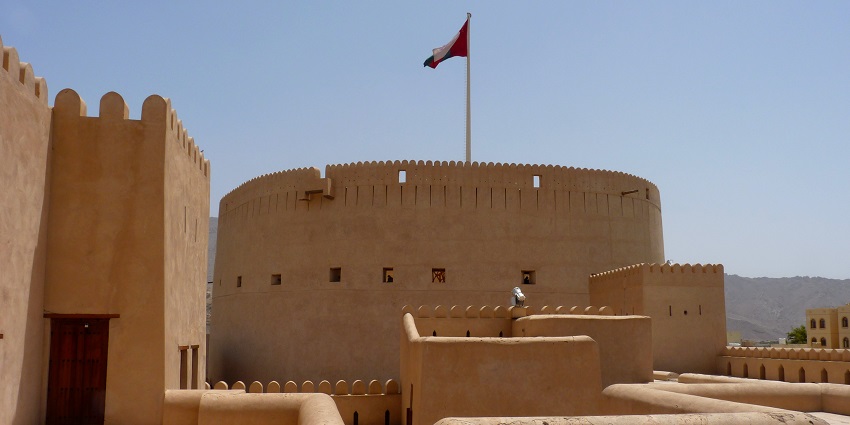
Photo: Dudva / Wikimedia Commons
Nizwa Fort stands as a prominent 17th-century fortification near Bahla Fort, located 35 km east. Its massive circular tower dominates Nizwa’s skyline. Constructed by Imam Sultan bin Saif al-Ya’arubi, the fort secured strategic trade routes to the interior. The onsite museum exhibits silver khanjars and ancient coins. The rooftop provides clear views of Nizwa Souq’s busy lanes, documenting historical commercial activity. Today, the fort remains a defined emblem of Oman’s imperial past.
Timings: 8 AM – 6 PM
Entry Fee: OMR 5 (approximately ₹1000)
Best Time To Visit: October to April
2. Jabrin Castle: Palace Of Scholars
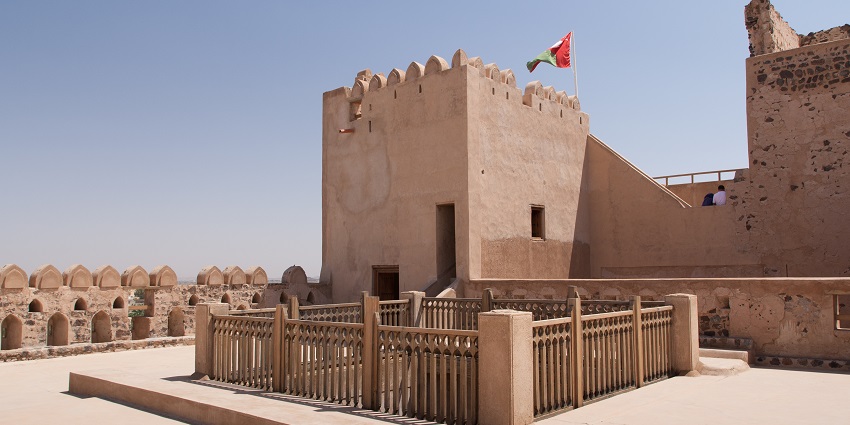
Photo: Ekrem Canli / Wikimedia Commons
Jabrin Castle, near Bahla Fort, lies 20 km northwest and dates to 1675 CE. This castle features detailed ornate ceilings adorned with precise floral motifs. Originally serving as an educational centre, it accommodated astronomy scholars and Islamic jurists. The “Sun and Moon Hall” displays early timekeeping methods using strategically placed light shafts. The structure provides clear evidence of historical learning and architectural ingenuity, reflecting a specific era of Omani scholarly pursuit and cultural exchange.
Timings: 9 AM – 5 PM
Entry Fee: OMR 3 (approximately ₹600)
Best Time To Visit: October to April
3. Falaj Daris: Watercourse Of Life
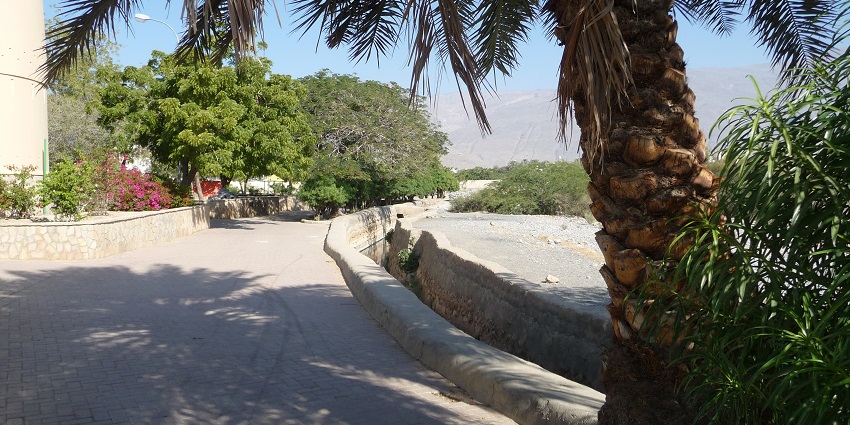
Photo: lagerschaden / Wikimedia Commons
Falaj Daris near Bahla Fort is a UNESCO-listed irrigation system located 15 km east, forming a segment of Oman’s 3,000-year-old falaj network. Stone channels accurately divert mountain springwater to local farms, demonstrating pre-Islamic engineering techniques. Visitors walk along defined pathways beside date plantations irrigated by this gravity-fed watercourse. The system exemplifies ancient hydraulic design with verifiable functionality, offering insight into traditional water management methods that remain operational and essential for agriculture.
Timings: 8 AM – 6 PM
Entry Fee: OMR 2 (approximately ₹400)
Best Time To Visit: October to April
4. Tanuf Ruins: Echoes Of Conflict
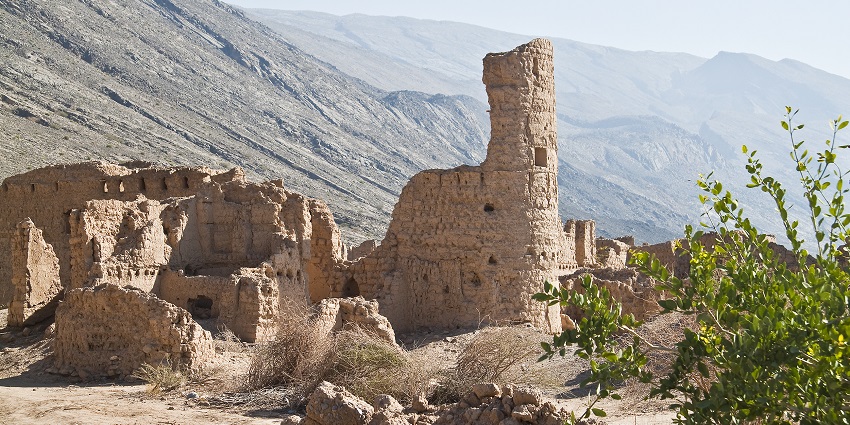
Photo: Harri J / Wikimedia Commons
The Tanuf Ruins near Bahla Fort lie 25 km northeast and date from the 1950s. The site features crumbled houses and a bullet-damaged mosque, clear remnants of tribal conflicts during Oman’s civil war. The ruins are situated beneath the slopes of Jebel Akhdar, providing defined evidence of historical warfare. Restoration efforts preserve specific traditional stone masonry techniques originally used in construction. Visitors gain insight into past conflict and architectural methods that shaped this Omani settlement.
Timings: 10 AM – 3 PM
Entry Fee: OMR 2 (approximately 400)
Best Time To Visit: November to March
Where To Stay

Photo: William Warby / Wikimedia Commons / Image For Representation Only
For travellers visiting the historic Bahla Fort, several comfortable accommodation options are available nearby. Bahla Hotel Apartment offers well-rated rooms and is located just 4.32 km from the fort. Visitors wanting to explore the UNESCO World Heritage Site should strongly consider the Jibreen Hotel; it offers convenient access to local attractions. Bahla Jewel Hotel Apartments offers comfortable accommodations with modern amenities. For a more luxurious experience, The Pool Villa – Tanuf provides upscale villa accommodations with excellent ratings and swimming facilities.
Where To Eat
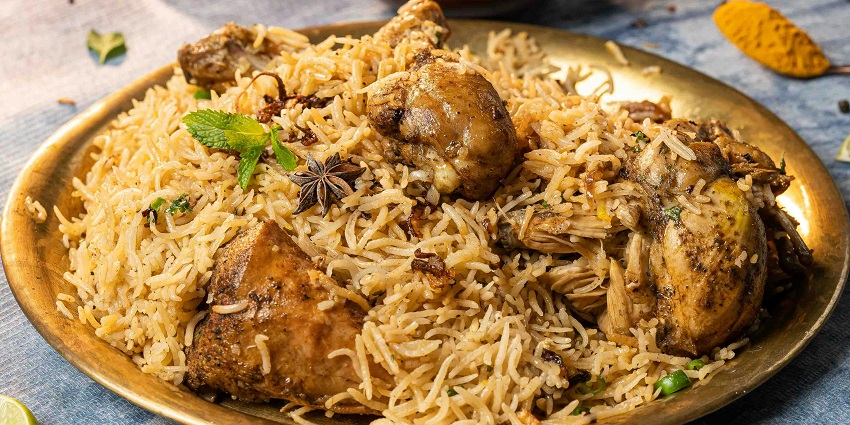
Photo: gourav sarkar / Pexels / Image For Representation Only
The culinary scene around Bahla Fort offers excellent options for experiencing authentic Omani and international cuisine. A’ Sidrah Restaurant stands out as a culinary gem in Bahla, serving authentic Omani dishes such as shuwa and majboos in a setting that reflects the cultural heritage of Oman. Italian Barrista Cafe in nearby Nizwa provides authentic Italian cuisine for those craving Mediterranean flavours. A Wahat Al Tabiya Traditional Restaurant offers local Omani specialties where “tradition meets taste in the heart of Bahla”. For more casual dining, Deli Pizza serves flavourful pizza options in a vibrant atmosphere.
Best Time To Visit
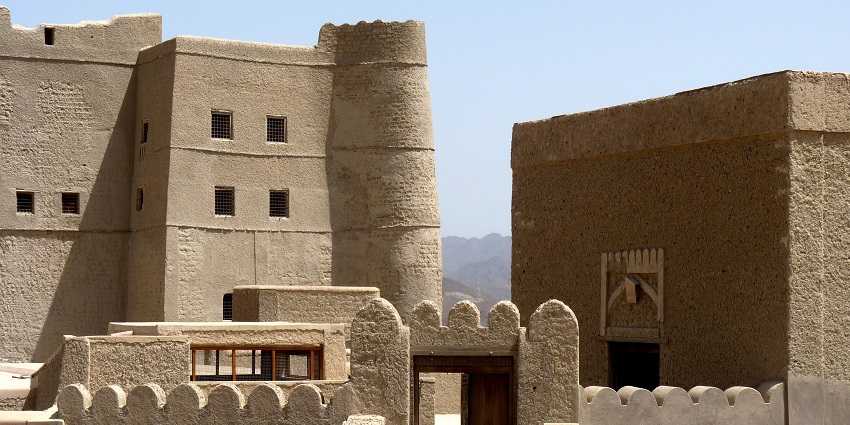
Photo: Dudva / Wikimedia Commons
Bahla Fort is best visited during cooler months, from October to April. Daytime temperatures range from 20°C to 28°C, with evenings dropping to about 15°C. These conditions allow a comfortable exploration of the fort’s intricate stonework and extensive ramparts. Remarkably clear skies and low humidity enhance photography opportunities. Although rainfall is minimal, occasional light winter showers offer a refreshing change, making this season ideal for historical exploration and relaxed walks along the fort’s ancient corridors.
Other Factors To Consider
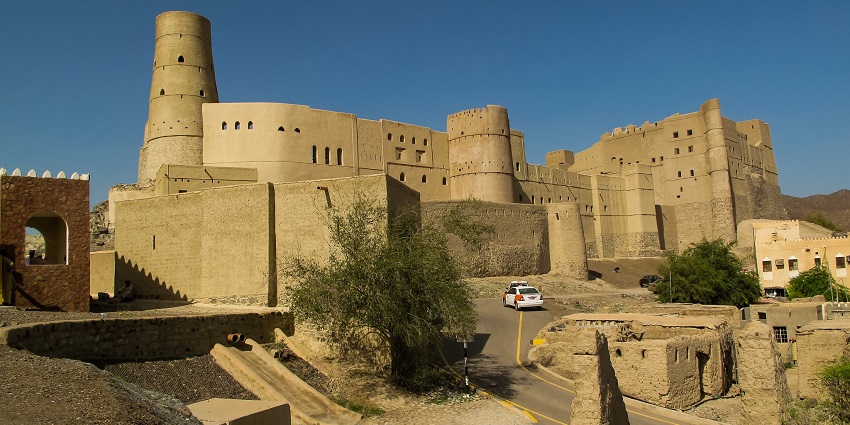
Photo: Francisco Anzola / Wikimedia Commons
- Wear comfortable walking shoes.
- Check opening hours before visiting.
- Bring a hat and sunglasses.
- Respect local customs and traditions.
- Consider booking a guided tour.
Bahla Fort in Oman stands as a remarkable witness to centuries of history and cultural evolution. This impressive fort provides an engaging experience for visitors interested in history and architecture. Exploring its ancient corridors and well-preserved structures offers an educational adventure. The site continues to inspire curiosity about the past and invites travellers to uncover hidden stories. To enhance your journey, consider TripXL’s travel packages that ensure a seamless and memorable exploration of this historic marvel. Book your adventure now!
Cover Photo: Prof. Mortel / Wikimedia Commons


 WhatsApp
WhatsApp
 Twitter
Twitter









